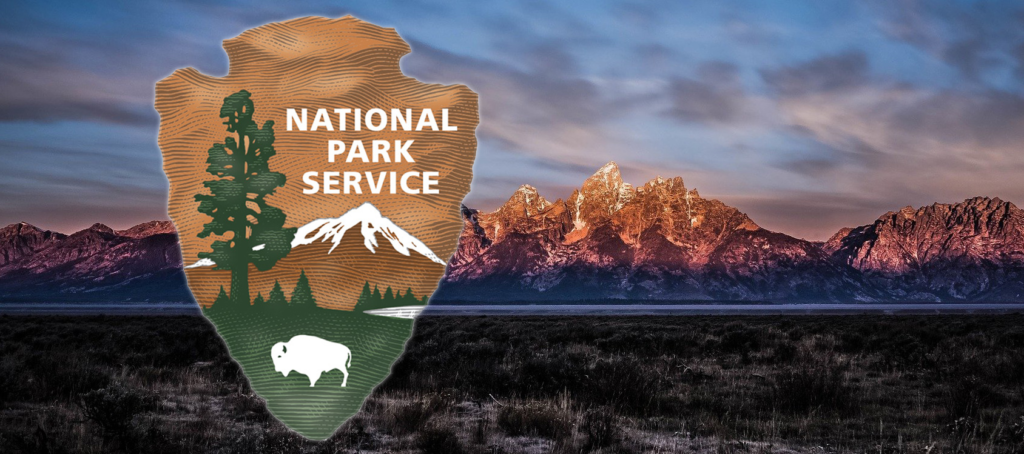The U.S. National Park Service (NPS), a federal agency responsible for protecting America’s most iconic landscapes and wildlife, is facing major funding challenges. In recent weeks, proposed budget cuts have led to more than 1,000 staff layoffs, sparking nationwide concern among conservationists, environmentalists, and travel companies.
According to internal reports, the proposed cuts would reduce the operational budget of the NPS by nearly 15%, severely affecting maintenance, conservation programs, and visitor services across over 400 national parks and monuments. Critics fear this move could have long-lasting negative effects on park preservation, local tourism economies, and public access to nature.
Over 1,000 Layoffs Threaten Park Operations
The layoffs include rangers, maintenance crews, visitor support staff, and environmental specialists. Many of these employees work in remote areas where jobs are scarce, making the impact even more severe.

Some of the most popular national parks—including Yellowstone, Yosemite, and the Grand Canyon—will be forced to reduce visitor hours, delay infrastructure repairs, and scale back wildlife monitoring programs. Seasonal hiring, which supports local economies and provides employment to thousands of young people each summer, is also at risk.
“These are not just job cuts. They’re cuts to our cultural and environmental heritage,” said Maria Watkins, a senior policy analyst at the National Parks Conservation Association. “We’re putting America’s most treasured places at risk for short-term savings.”
Political and Public Backlash
The proposed funding reduction has not gone unnoticed by the public. Environmental groups, bipartisan lawmakers, and advocacy organizations have strongly criticized the decision.
Senator Lisa Murkowski (R-Alaska) voiced her concern in a public statement, saying, “Our parks are not a luxury—they are a living legacy. Cutting funds jeopardizes both conservation and tourism-based income for thousands of rural communities.”
Polls conducted by the Pew Research Center reveal that 78% of Americans oppose reducing the NPS budget, and 64% believe the government should increase investment in national parks to protect the environment and support tourism.
Intrepid Travel Steps In With “Active-ism” Initiative
In response to the controversy, travel company Intrepid Travel has taken a bold step by launching a new campaign called “Active-ism” to support national parks and raise awareness of the funding crisis.
As part of this campaign, Intrepid Travel is offering a series of “Active-ism” tours across national parks in the U.S. These tours include guided hiking, environmental education, and participation in volunteer conservation projects. The company believes that travelers can be a powerful voice for preservation.
In addition to launching the tours, Intrepid Travel has donated $77,000 to several non-profit organizations working to protect U.S. national parks, including the Sierra Club Foundation and the National Park Foundation.
“We believe travel should not only explore the world but also protect it,” said CEO James Thornton. “By supporting national parks, we’re investing in a sustainable future for both people and the planet.”
Tourists and Local Businesses Feel the Impact
Tourism experts warn that park-related job losses and reduced services will ripple across the broader travel and hospitality industries.
Over 300 million people visit U.S. national parks annually, generating over $40 billion in economic activity, according to the U.S. Department of the Interior. The impact of the funding cuts may reduce visitation rates and travel spending, especially in rural areas heavily reliant on park-related tourism.

Lisa Hernandez, who runs a family-owned lodge near Zion National Park, expressed deep concern: “The park brings in thousands of guests every year. If rangers are gone and services are cut, visitors might stop coming—and we could lose everything.”
Environmental Risks on the Rise
Beyond economics, conservationists are sounding alarms over what reduced staffing and funding mean for the environment.
National parks play a critical role in climate change mitigation, biodiversity protection, and scientific research. Without adequate monitoring and maintenance, threats like wildfires, invasive species, and illegal activities such as poaching and unauthorized land use could escalate.
“America’s parks are not just vacation spots—they’re vital ecosystems,” said Dr. Alan Cho, an ecologist at Stanford University. “If we neglect them now, the damage could be irreversible.”
Calls for Restoration and Advocacy
In light of growing criticism, several advocacy campaigns have emerged to urge Congress to reverse the budget proposal and restore funding to the National Park Service.
Organizations like Protect Our Parks and the Coalition to Protect America’s National Parks are organizing petitions, rallies, and educational drives to engage the public.
Some lawmakers are already pushing back. The “National Parks Protection Act,” introduced in the Senate, aims to block funding reductions and introduce emergency grants for park operations.
What You Can Do
Experts recommend that the public get involved to protect national parks by:
- Signing petitions hosted by organizations such as NPCA
- Donating to park support nonprofits like National Park Foundation
- Volunteering for conservation programs or park cleanup initiatives
- Traveling responsibly through companies like Intrepid Travel that prioritize sustainability
The Road Ahead
While the future of U.S. national parks hangs in uncertainty, public interest in preserving natural treasures remains strong. The backlash against funding cuts reflects a larger conversation about how much value Americans place on their public lands.
If there’s one takeaway from the recent developments, it’s this: the fight to protect national parks is far from over—and every voice counts.
Also Read – JetZero’s $4.7B Factory Promises 14,500 Jobs in North Carolina






